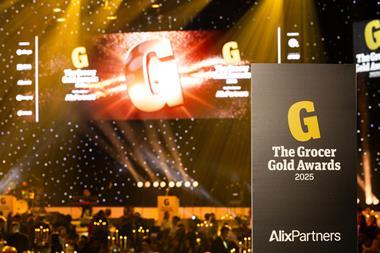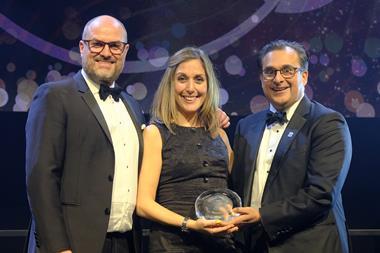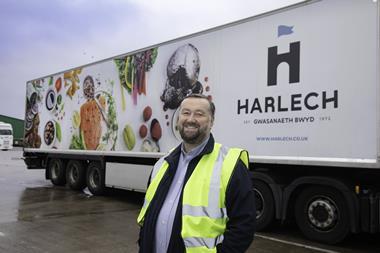The tobacco giant’s sales are down for the first time in five years, but profits are up and there are plans to win new customers, says Elinor Zuke
At first glance it looks disappointing.
Palmer & Harvey’s sales fell by 4.8% to £4.03bn in the year to 2 April after it lost contracts with Wine Cellar, Threshers and Somerfield. Much of this was unavoidable - the off-licences went bust and The Co-operative Group, which bought Somerfield, has its own in-house distribution.
But there are worries, too, particularly over its tobacco supply contract for the Netto stores acquired by Asda.
“We do have a historic relationship with Netto,” says finance director Jon Moxon. “It could go either way Asda could take it in house, or it might realise that for the size of those stores, we offer a better service. Those conversations will take place.”
Specialising in tobacco products and other pocketable, valuable lines like batteries, chewing gum and razors, Moxon insists P&H is in a strong position to win business, including more from the multiples. Used by Tesco and Sainsbury’s already for deliveries to its high-street stores, including some frozen, chilled and confectionery, it eliminates risk on small but valuable lines and plays to its strengths. “With us, the retailer only takes the risk after the product has been delivered to the kiosk,” he says. “The sweet spot in grocery right now is convenience and the high street, and that’s where P&H sits. We could never deliver to the big boxes, but we’re in a great position for kiosks and the high street.”
With £3.1bn in tobacco sales, P&H is also able to use its buying power to telling effect. Moxon increased bank debt to £181.8m and extended the loan period by six months, to September 2013, to synchronise terms so next year’s accounts could be signed off as a going concern. But P&H also used its overdraft facility in an opportunistic swoop on cigarette stocks prior to the Budget.
“The duty increase presented a stock profit opportunity I make more buying at the old price and selling at the new price. We were buying up as many sticks as possible. Normally I get extended credit but we were actually using cash.”
And what of profits? Despite the sales fall, pre-tax profits rose from £0.2m to £5.9m. This still gives a tiny 0.1% pre-tax profit margin but Moxon points out that Palmer & Harvey uses different accounting standards that suit its private ownership taxation-wise, but which strip out dividends to shareholders and amortisation of goodwill before recording pre-tax profits.
Using the more common international accounting standards, Moxon says P&H would have reported pre-tax profits of £23m. And EBITDA, the company’s internal profit measure, rose 10.1% to £44.2m. The driver for the increase in profitability came largely from “efficiency and operational process improvement”. It’s a term often associated with job cuts, but P&H’s determination to do things quicker and cheaper has included new automation that is clearly paying off.
Its first new tobacco-picking line was installed in its Medway branch last October, just in time for the winter whiteout. “When the roads cleared we were able to deliver three days’ product in one day,” says Moxon. “In our customers’ supermarkets, tobacco was often the best-performing category when the consumers came back, partly because availability through us was so much better.” Moxon believes that as many as four of its depots could see investment in the same automation in the future.
What P&H needs now is extra business to show what it can do. Unfortunately, even without the contract losses, tobacco volumes are down, due to lower sales in the independent trade. “Cash & carries have been using tobacco aggressively as a footfall driver,” explains Moxon. “It’s a very competitive world and people do shop around to get the best price.”
Yet Moxon is confident he can win more business from independents, too. A new tobacco pricing initiative (see p10) will offer “unbeatable” prices to customers who order more than 149 non-tobacco outers about £1,500.
Moxon believes the deal will particularly suit independents with five or six stores who are ordering a more extensive range. “When you get to that size, you don’t want to waste your time in the cash & carry, you want to buy from a national distributor.”
The beauty of this, of course, isn’t simply winning back punters who started buying sticks from the cash & carries. It’s selling them those higher-margin products and getting them used to thinking of P&H as a credible alternative for all their grocery lines.
Sign in to comment on this article
Not logged in before? Register for FREE guest access today.
You will be able to:
- Read more stories
- Receive daily newsletters
- Comment on stories
Advert



















No comments yet